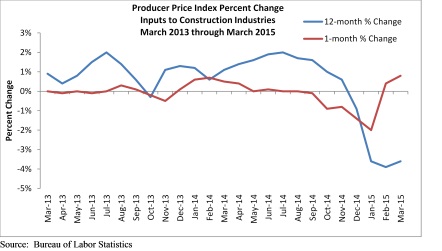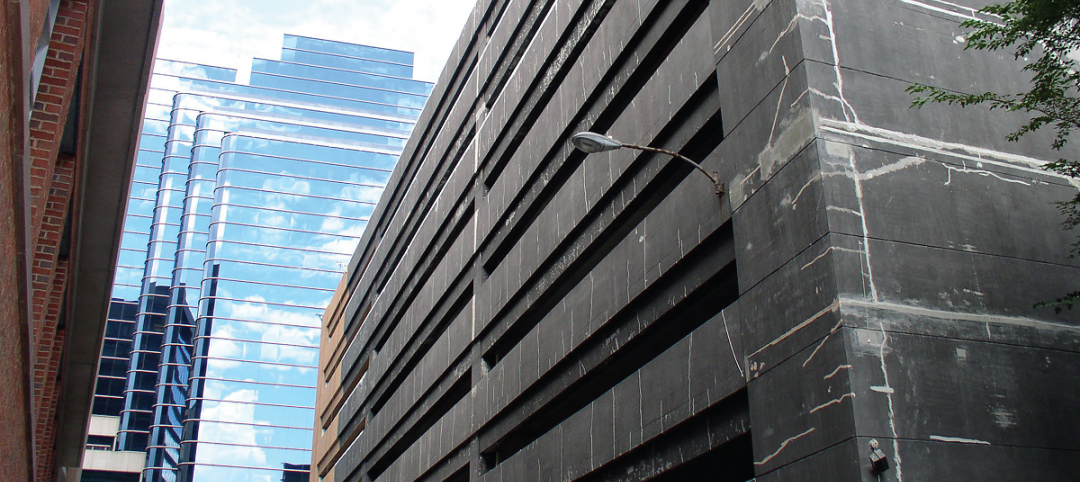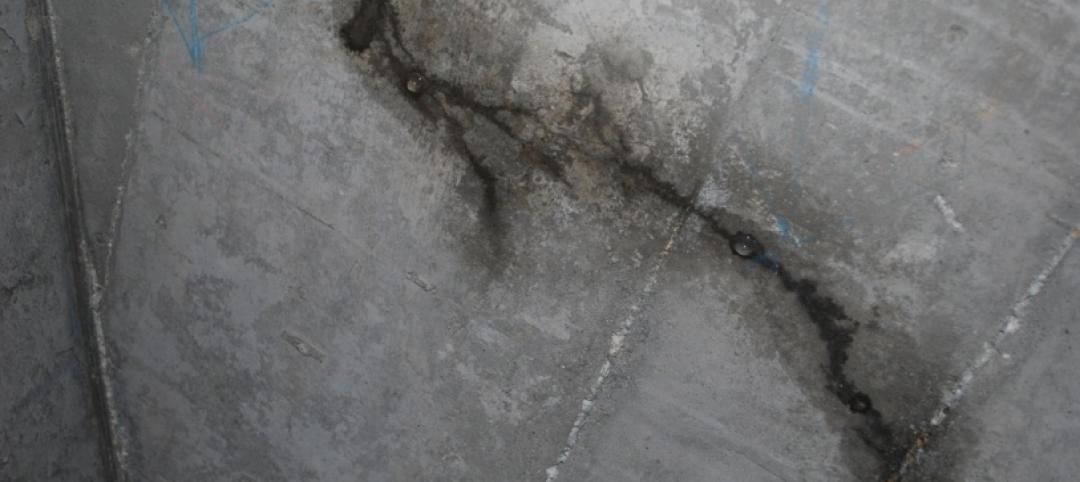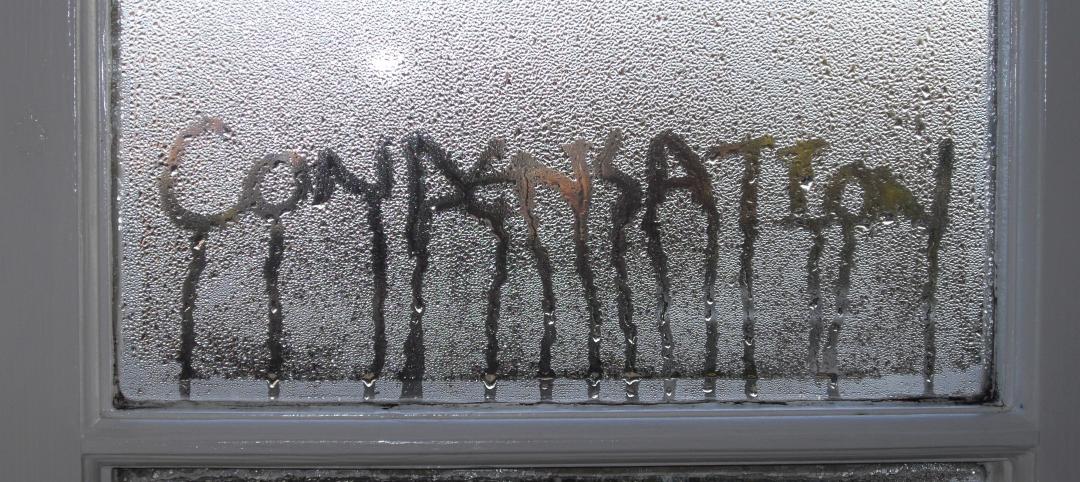Results from the Bureau of Labor Statistics showed that prices for construction materials rose 0.8% in March. According to Associated Builders and Contractors, Inc., it was the largest monthly increase in more than two years.
Prices for construction materials have risen for two straight months after falling for the previous six.
Although prices are up on a monthly basis, statistics showed that input prices are down 3.6% on a year-over-year basis, the fourth consecutive month this has occurred. The steady decline in input prices is the longest streak since 2009 as crude petroleum prices fell 4% in March and are down eight of the last nine months.
"Though U.S. nonresidential and residential segments continue to expand, global construction volumes remain suppressed by widespread weakness in Asia, Europe, and Latin America," said ABC Chief Economist Anirban Basu. "With the U.S. dollar likely to get stronger over the next few months as domestic interest rates begin to rise, there is little likelihood of significant increases in construction input prices over the next six to nine months. Overall producer prices managed to increase 0.5% on a monthly basis, the first increase since June 2014. This reading serves to increase the likelihood that the Federal Reserve will begin to increase short-term interest rates later this year."

There were only two key material categories that saw an increase in construction prices in March: fabricated strucutal metal produce prices (0.4%) and natural gas prices (1.5%).
While these two inputs rose, others fell:
- Prices for plumbing fixtures dropped 0.3% in March but remain up 2.5% year-over-year.
- The price of prepared asphalt, tar roofing, and siding dipped 0.4% in March.
- Iron and steel prices dropped 2.5% in March and are down 11.5% year-over-year.
- Prices for steel mill products slipped 1.9% in March and are down 4.8% on a yearly basis.
- Concrete products prices were flat but up 4.1% year-over-year.
- Crudge petroleum prices dropped 4% in March and are down 55% from the same time last year.
- Crude energy material costs decreased 1.4% in March and are down 43.7% from the previous year.
- Softwood lumed prices fell 4.1% and are down 7.4% year-over-year.
- Prices for nonferrous wire and cable were flat in March and rose 2.5% on a yearly basis.
To read the entire report, click here.
Related Stories
BD+C University Course | May 24, 2018
Accommodating movement in building envelope materials [AIA course]
We may think of the building envelope as an inanimate object, but in reality its components can be quite mobile. This AIA CES course is worth 1.0 AIA LU/HSW.
Sponsored | | Feb 28, 2018
Quality Products Needed To Meet Green Building Standards Today
Sustainable healthcare facilities will need energy-efficient building enclosures from the outset.
Sponsored | | Feb 15, 2018
Fact vs. fiction: Hotel waterproofing in coastal zones
Sign up for our free March 6 webinar on “A Project Peer Review: The Single Most Important Factor in Reducing the Risk of a Mold and Moisture Lawsuit in Your Next Project”.
Building Materials | Dec 19, 2017
‘Ultra Violet’ is Pantone’s Color of the Year 2018
The color represents a symbol of counterculture, unconventionality, and artistic brilliance, according to Pantone.
Sponsored | Building Materials | Aug 24, 2017
Controlling condensation
No matter what structural material you build with, be it steel, concrete, or wood, water is the enemy.
Sponsored | Building Materials | Aug 17, 2017
Teflon’s little brother is breathing new life into big design
Lighter than glass and 100% recyclable, one material takes center stage in the future of building.
Concrete | Jul 7, 2017
The secrets held within Ancient Roman concrete could improve future building practices
Not only has the concrete stood the test of time, but it has actually become stronger.














